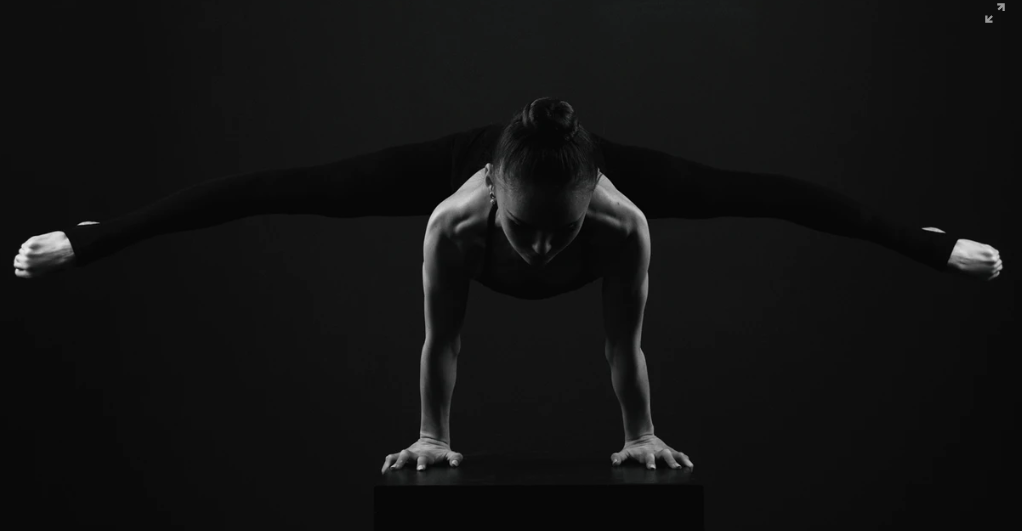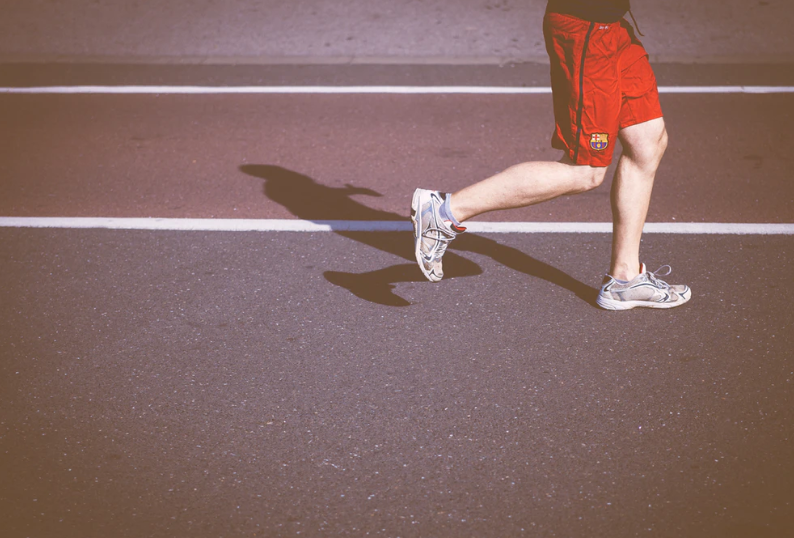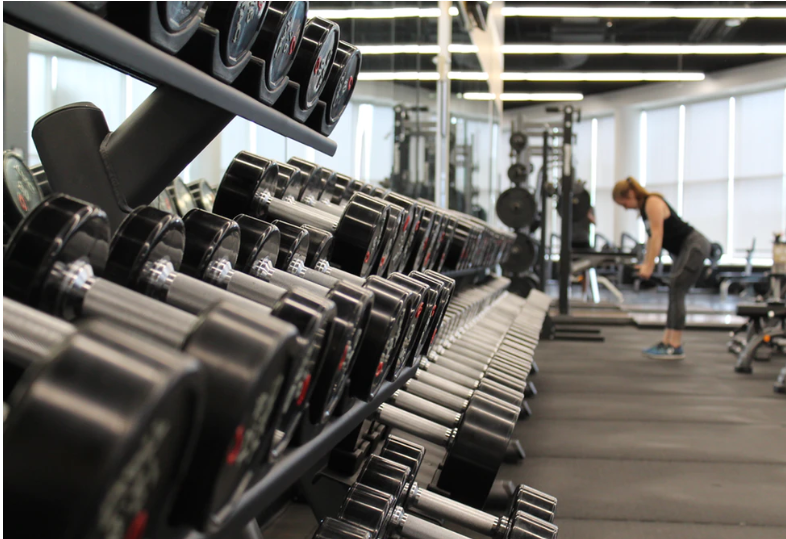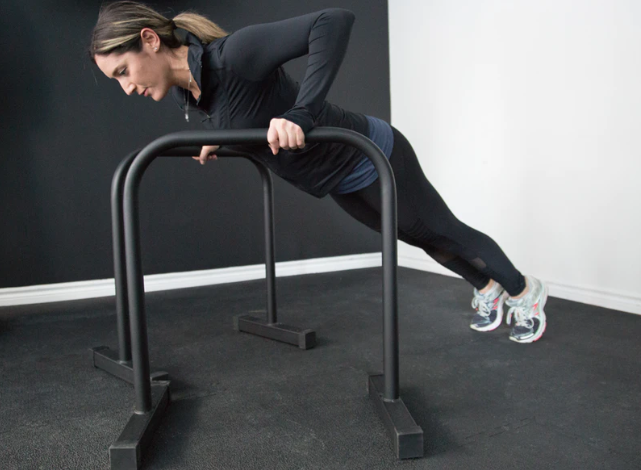The ability to develop and exert force quickly is critical in athletic performance! Whether you are hitting a “winner” on the tennis courts, spiking in front of the 10’ line, or swinging for a hole-in-one (or the fences!), executing any of those moves with more power can be the difference between success and a missed opportunity. Here are 10 ways you can add explosiveness into your training sessions, practices, and in the game, match, or event!

1. Maximize proper technique.
Proper technique is key – when movements are done in the correct way, your body will make the most of it’s mechanics, muscles, and kinematic sequences. Not only will it put you at less risk for developing an injury, but it will also allow for your body to work in the perfect sequence to efficiently produce maximum force through your muscles and joints.

2. Make some muscles!
Muscles are required to carry you (literally and physically) throughout your strength-focused workout. As you nail down the technique while engaging in a progressive workout plan, you will not only see some muscles, but also have an opportunity to increase reps and weights to gain even more strength to develop more power.

3. Be intentional with your intensity.
When training for speed and power, it’s important to give 100% effort. Coaches love to say that “practice makes perfect”, but that’s only true if you practice perfect! If you are trying to develop a first step explosion, create more distance with your swing, or get to a position or ball faster than your opponent then your training intensity and effort should match what will be required in competition.

4. Monitor your volume…and don’t always turn it up to 11!
When training for speed and power, it’s important to give 100% effort. Coaches love to say that “practice makes perfect”, but that’s only true if you practice perfect! If you are trying to develop a first step explosion, create more distance with your swing, or get to a position or ball faster than your opponent then your training intensity and effort should match what will be required in competition.

5. Time is ticking…
Power development isn’t about the stopwatch, but how quickly each repetition is performed and when in a workout the training is scheduled. The amortization phase (the time spent on the ground between jumps) should be minimized by driving as explosively as possible against the ground, equipment, etc; this phase of the stretch shortening cycle is perhaps the most critical in production of power to utilize the stored energy in the muscle. Also, training explosively requires that your muscles have an ample supply of ATP…the energy system responsible for short blasts of speed and power. If power, speed, or explosive training is scheduled when muscles are fatigued then the ATP stores may likely not be adequate for pure power generation and development.

6. Control your core!
Developing your core is more than just doing a million crunches. In fact, there are multiple goals for core training: strength, power, and endurance are the most common, but an often overlooked component is core control. Coordinating and controlling the movement, as well as strength, is important to absorb and transfer or transmit power. A developed core provides the structural support and stability necessary for balanced, coordinated and powerful motion.

7. Improve your mobility.
Flexibility and mobility are related but not identical…think Devito and Schwarzeneggar from that classic 1988 movie Twins! Flexibility is considered as a passive range of motion while mobility is dynamic or active range of motion. Static stretching to improve flexibility is best accomplished when the muscles are warm such as after a workout, whereas mobility exercises should be incorporated into a dynamic warm-up and throughout a workout. Having proper mobility will help such skills as sprinting mechanics, throwing or hitting power, and injury prevention when the body compensates for tight joints or muscles by stealing movement from joints or muscles not designed for significant movement. This is why golfers with tight hips and/or thoracic spines often have low back pain; the body has to find that rotation somewhere!

8. Jump on it!
Plyometric training takes advantage of muscle contraction dynamics to help you jump higher, react quicker, and move more quickly. Make plyometric exercises your friend year-round. Heck if you’re feeling up for it, invest in a jump rope or a mini trampoline to get you jumping. Jumping helps build lower body power.

9. Train the right way and at the right time.
Keep in mind age, developmentally, and maturationally-appropriate training and expectations is paramount when training for power. This is where the athlete’s development comes into play – children and teens may not have enough of the right hormones circulating to train for power and older folks may have possible age-related health issues. Also, some power exercises can be technically advanced and may not be appropriate for individuals new to training or those that have a difficult time focusing on the technique. At the end of the day, everyone has their own unique traits and abilities that direct their workout’s intensity. Focus on what your body can do, not what it cannot do.

10. Hire someone qualified to help you!
Dr. Ben Kibler of the Lexington Sports Medicine Clinic, has shown that the lower body contributes as much as 60% of the power in a tennis serve. Tennis player or not, a strength training program designed by a Certified Strength & Conditioning Specialist, like Coach Andrea, can significantly improve your game by increasing your power.
·
